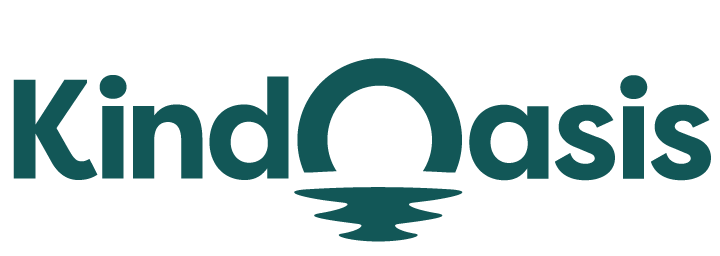What Is The Difference Between A Virtual Agent And A Chatbot?
Try AI ChatbotDiscover the key differences between virtual agents and chatbots, and how each can benefit your business.

Businesses are increasingly turning to automated solutions to enhance customer interactions. Two prominent tools in this space are virtual agents and chatbots. While both serve the purpose of automating customer interactions, understanding the distinctions between them is crucial for businesses looking to optimize their customer service strategies. If you're wondering, "What is the difference between a virtual agent and a chatbot?" you've come to the right place. This article will provide comprehensive insights and practical solutions to help you navigate this topic effectively. For a broader perspective on AI in customer service, consider exploring this informative piece on AI Chatbots vs. Virtual Assistants.
Virtual agents and chatbots have unique characteristics that make them suitable for different business needs. Understanding their functions can help organizations choose the right tool for enhancing customer engagement. Incorporating solutions like VanChat, an AI-powered pre-sales chatbot for Shopify, can significantly elevate customer interactions by addressing queries with remarkable efficiency and accuracy.
Definitions and Functions
What is a Chatbot?
Chatbots are automated programs designed to simulate human conversation through text or voice interactions. They can handle a variety of tasks, from answering frequently asked questions to providing basic customer support. Typically rule-based, traditional chatbots rely on predefined responses, which can limit their effectiveness in more complex interactions. However, advanced chatbots, like VanChat, leverage AI to learn from previous interactions, providing increasingly accurate answers. For further insights into the evolution of chatbots, check out this comprehensive guide on chatbots and virtual agents.
What is a Virtual Agent?
Virtual agents, on the other hand, are more sophisticated AI systems capable of handling complex tasks and managing interactions in a more human-like manner. They often integrate with multiple systems to pull relevant information, making them ideal for customer service applications that require more nuanced responses. Virtual agents can provide personalized assistance, process transactions, and handle more extensive queries than traditional chatbots. A detailed breakdown of their functionalities can be found in this informative post about the differences between chatbots and virtual agents.
Key Differences
Complexity of Interactions
The primary distinction between virtual agents and chatbots lies in their complexity and capabilities. Chatbots excel at handling straightforward queries and tasks, while virtual agents are equipped to manage multifaceted interactions. This complexity allows virtual agents to provide tailored solutions and enhance the customer experience. VanChat exemplifies this by offering personalized product recommendations based on user behavior and preferences, streamlining the shopping experience. For additional context on this topic, consider visiting this resource that explores AI automation in customer service.
Learning and Adaptability
Another critical difference is the learning and adaptability of these systems. While chatbots often follow scripted paths, virtual agents can learn from past interactions, enabling them to improve over time. VanChat, for example, accurately answers 97% of customer questions without human intervention by continuously learning from your store’s text, images, and videos. This capability allows for precise and timely responses, a significant advantage in enhancing customer satisfaction.
Integration and Scalability
Virtual agents typically require more complex integrations with existing systems, making them suitable for larger enterprises with multiple platforms. In contrast, chatbots are easier to implement and can be quickly deployed for immediate needs. For businesses using Shopify, integrating VanChat provides an effortless solution that enhances the shopping experience and boosts sales while maintaining a level of scalability.
Conclusion
In summary, while both virtual agents and chatbots serve essential roles in customer engagement, understanding their differences is crucial for businesses aiming to optimize their customer service strategies. Chatbots excel at handling simple queries, whereas virtual agents provide more complex and personalized interactions. Tools like VanChat illustrate the power of advanced chatbots in improving customer interactions, making them a valuable asset for any online store.
For more insights on the use of AI in customer service, explore additional resources on this topic through the following links.





